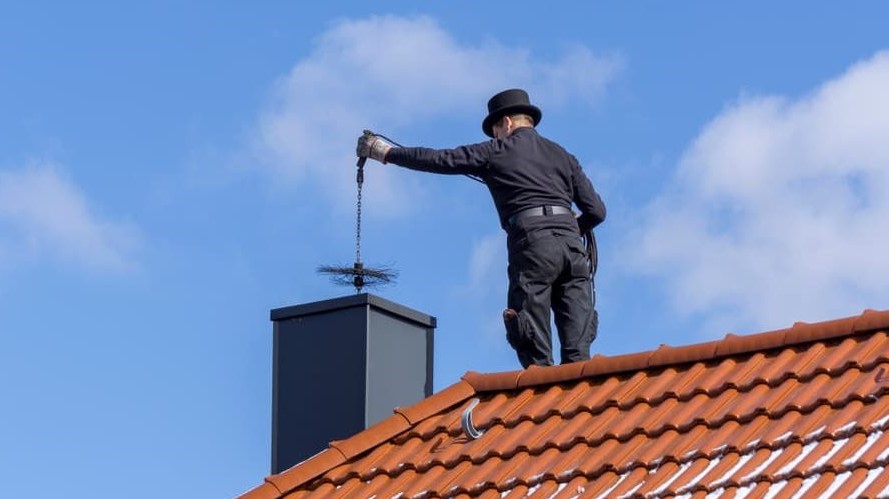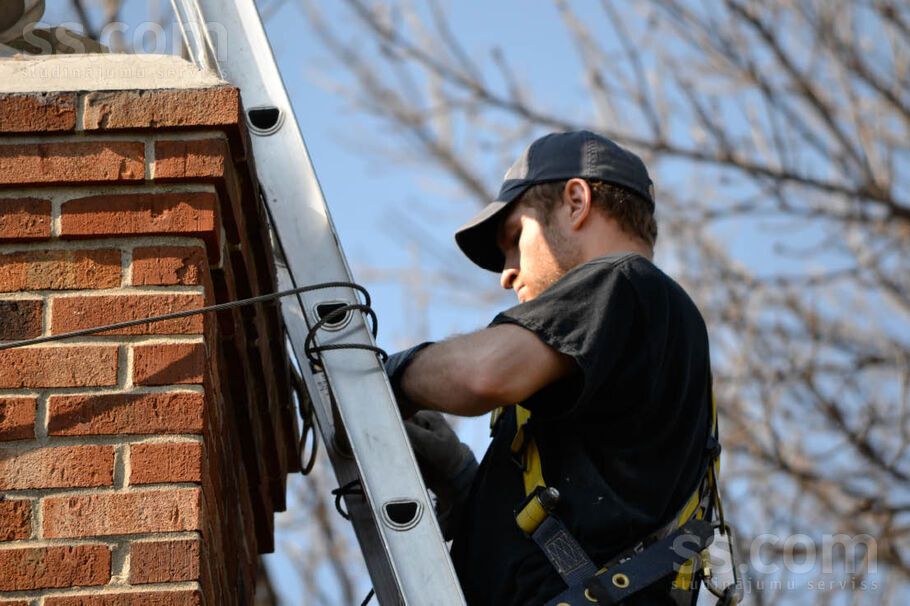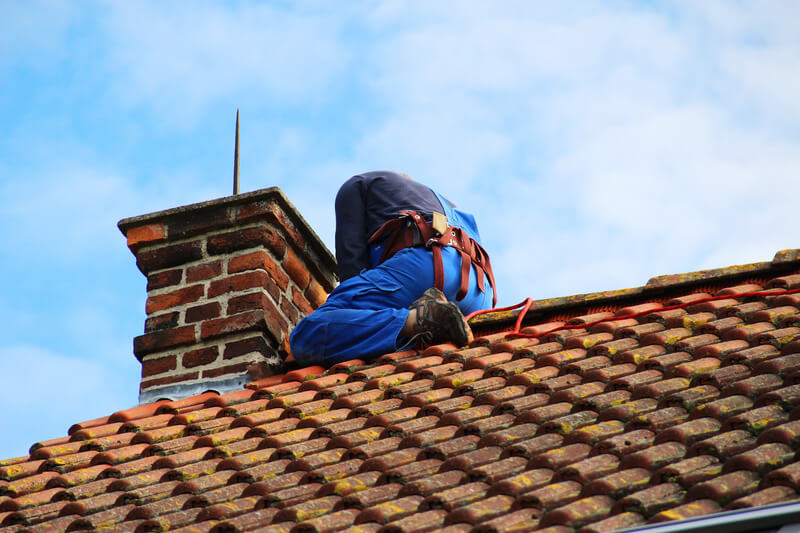What Types of Wildlife Require Chimney Animal Removal in Santa Cruz
The lush coastal landscape of Santa Cruz provides an ideal habitat for many wildlife species. While this enhances the region’s natural charm, it also increases the chances of animals entering residential chimneys in search of shelter. Understanding the types of wildlife that commonly nest in chimneys helps homeowners recognize early warning signs and take preventive measures. In this guide, we explore the key animals that typically require Chimney Animal Removal in Santa Cruz, their behaviors, risks, and the importance of humane removal.

Trust expert Chimney Animal Removal in Santa Cruz to humanely evict critters and prevent future chimney infestations and damage.
Why Animals Enter Chimneys
Chimneys mimic hollow trees or caves in the wild—offering warmth, darkness, and protection from predators. During breeding seasons or cooler months, animals see chimneys as perfect nesting or denning sites. However, their presence can cause smoke blockages, structural damage, and significant health hazards like bacteria, fleas, or disease transmission through droppings.
Common Wildlife Needing Chimney Animal Removal
Below is a list of animals frequently involved in Chimney Animal Removal in Santa Cruz:
| Animal Type | Behavior in Chimneys | Health & Safety Risks |
|---|---|---|
| Raccoons | Nesting mothers often climb down flues for warmth & safety | Rabies, roundworms, property damage |
| Squirrels | Build nests in the smoke shelf or flue | Blockages, fire hazards, chewing on materials |
| Birds (esp. swifts) | Enter flues to roost and nest | Chimney fires, bird mites, protected species |
| Bats | Roost in groups in upper flue areas | Histoplasmosis, difficult to remove legally |
| Opossums | Climb down flues seeking warmth, occasionally trapped | Odors, fecal waste, flea infestations |
| Rodents (rats/mice) | Seek entry to escape predators and cold | Chewing wires, fast reproduction, diseases |
Each of these species presents its own set of challenges and risks, making timely Chimney Animal Removal not just advisable, but critical.
The Signs That You May Need Chimney Animal Removal
Recognizing animal presence early can prevent damage and costly repairs. Here are some signs:
- Scratching or movement sounds, especially at night.
- Chirping, squeaking, or flapping noises.
- Strong foul odors or droppings near the fireplace.
- Debris such as nesting material falling into the hearth.
- Flies or bugs gathering around the chimney.
If you notice any of the above, it’s likely time to call a professional for Chimney Animal Removal in Santa Cruz.
Why Professional Chimney Animal Removal Matters
Attempting DIY animal removal can be dangerous—for both you and the wildlife involved. Many species like bats and migratory birds are protected by law. Professionals ensure safe, humane, and compliant practices, including:
- Live trapping and relocation.
- Installing chimney caps or screens to prevent reentry.
- Cleaning and disinfecting after removal to eliminate disease risks.
Additionally, pros have tools like chimney cameras and flexible capture poles to safely access hard-to-reach areas.
Cost of Chimney Animal Removal in Santa Cruz
Pricing varies based on the animal species, severity of infestation, and access difficulty. Here’s a typical price breakdown:
| Service Type | Estimated Cost Range |
|---|---|
| Inspection & initial assessment | $75 – $150 |
| Single animal removal (e.g., opossum) | $150 – $300 |
| Nest removal + chimney cleaning | $200 – $400 |
| Multiple animal trapping (raccoons) | $300 – $600 |
| Chimney cap installation (preventive) | $150 – $350 |
| Bat exclusion (legal & multi-step) | $500 – $1,200 |
Fast and affordable Chimney Animal Removal in Santa Cruz protects your fireplace and keeps unwanted animals out for good.
FAQs
Q1: Can I remove animals from my chimney myself?
While it’s possible, it’s not recommended. Many animals are protected under local and federal laws. Mishandling them could lead to legal consequences or health hazards. It’s safest to hire a professional experienced in Chimney Animal Removal in Santa Cruz.
Q2: How can I prevent animals from returning to my chimney?
After removal, chimney caps or screens are essential. Regular chimney inspections also help detect issues early. Avoid using the fireplace if you suspect an animal is inside.
Q3: Are there laws protecting animals like birds and bats?
Yes. Bats and migratory birds like chimney swifts are protected. Removal can only occur during certain times of the year, and only using humane exclusion methods.
Q4: What should I do if I hear noises at night coming from my fireplace?
Do not use the fireplace or light a fire. This can harm the animal and cause serious safety issues. Contact a local wildlife control expert immediately.
Q5: Is the removal process harmful to animals?
Licensed wildlife specialists use humane and safe practices to relocate animals without causing harm. The goal of Chimney Animal Removal is always to protect both the property and the wildlife.
Conclusion
The serene environment of Santa Cruz invites a wide range of wildlife, many of which find chimneys an irresistible shelter. However, their presence in your home can lead to serious problems. From raccoons and squirrels to bats and birds, the variety of animals that may invade your chimney highlights the need for awareness and preparedness.
If you suspect that animals have made a home in your chimney, don’t delay. Professional Chimney Animal Removal in Santa Cruz offers safe, efficient, and humane solutions while ensuring compliance with environmental and legal guidelines. Investing in removal and preventive maintenance now can save thousands in damage and give you peace of mind throughout the year.
Read More: Santa Cruz Chimney Sweep









